Ayers Creek Farm Newsletter July 6 2014 Market
Guest User
 When the Hillsdale Market opens at 10:00 AM tomorrow, I will be assisted by my friend Jefferson Graham and his wife Ruth.
When the Hillsdale Market opens at 10:00 AM tomorrow, I will be assisted by my friend Jefferson Graham and his wife Ruth.
When Jeff's family moved from New York to the Berkshires in the early 1970s, he missed the city terribly. We met as two teenagers who had cameras around their necks, processed their won black and white photos, and were otherwise polar opposites in all apparent ways. Jeff is a technology columnist for USA Today and host of Talking Tech. I spend my time consumed by plants, nature and old farm equipment. Nonetheless, his influence in my life was and is substantial. As soon as we had access to a car, we visited his old haunts, Nathan's, Chock-Full-of Nuts for the donuts, and Katz's Delicatessen where you can "Send a Salami to your Boy in the Army." We drove to the Brattle Theater in Cambridge, Massachusetts to see their MGM musical double bills, the old Ancram Opera House to see the old Astair & Rogers RKO musicals in the weltering July heat, and the Village Vanguard to hear Sonny Rollins. For those who have one of our calendars on the wall, credit Jeff for giving me the idea when he sent a calendar celebrating their visit to Ayers Creek. He may even wear down my resistance to technology some day. "When an irresistible force such as you meets an old immovable object such as me . . ." He's working on it but don't hold your breath.
Now a mea culpa, perhaps stir crazy from the five days of rain, last week I let my guard down and had staff harvest some raspberries between the showers. They were delicious and perfect, however any moisture on the raspberry dooms it to a moldy fate. The raspberry is, after all, a hollow fruit and it is in that dark cavity where problems arise. We thought they were dry enough, but we received a call from a longtime customer who told us her red raspberries at the bottom of the hallock were moldy. Her purples were fine, just those delicate reds. We have no idea whether this was an isolated or pervasive problem. If you picked up a hallock or half flat with moldy berries, please take a replacement and tell us. In the future we will hew to the "four hours of sun" rule before picking. One of the challenges we face as a commercial farm is keeping track of quality, and our staff does a good job in that effort. When the farm's owner breaks his own rules, problems happen. We do appreciate feedback from customers who have a problem so we can address it.
This week we will have a good variety of fruit, with Montmorency cherries and purple raspberries in the fore. Both are at their peak quality. We will also have both red and green gooseberries this week, as well as red and black currants. The 95° degree spike on Tuesday will leave us very short on the other cane fruit. For the grains, we will bring cornmeal and popcorn, frumento and the first bit of frikeh. Wild amaranth greens and tarragon as well.
My best,
Anthony Boutard
Ayers Creek Farm
Gaston, Oregon



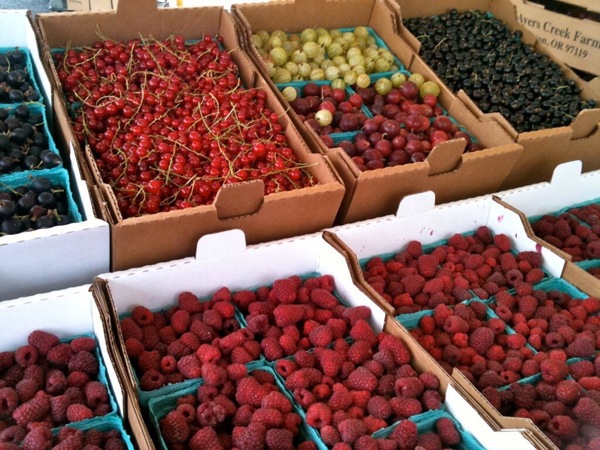

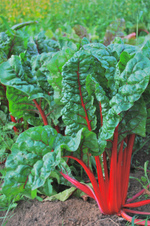

 This month, Salvador Molly’s expands again with the opening of their new Roadhouse and Tiki Garden in the Brooklyn neighborhood. The new space will be much like the old, with tropical-themed murals and decorations, Great Balls of Fire, a lighthearted and family-friendly atmosphere, as well as an outdoor patio. (Fire pit and water feature coming soon!)
This month, Salvador Molly’s expands again with the opening of their new Roadhouse and Tiki Garden in the Brooklyn neighborhood. The new space will be much like the old, with tropical-themed murals and decorations, Great Balls of Fire, a lighthearted and family-friendly atmosphere, as well as an outdoor patio. (Fire pit and water feature coming soon!)



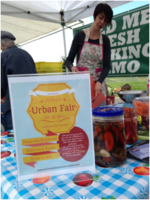
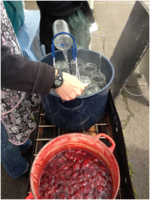

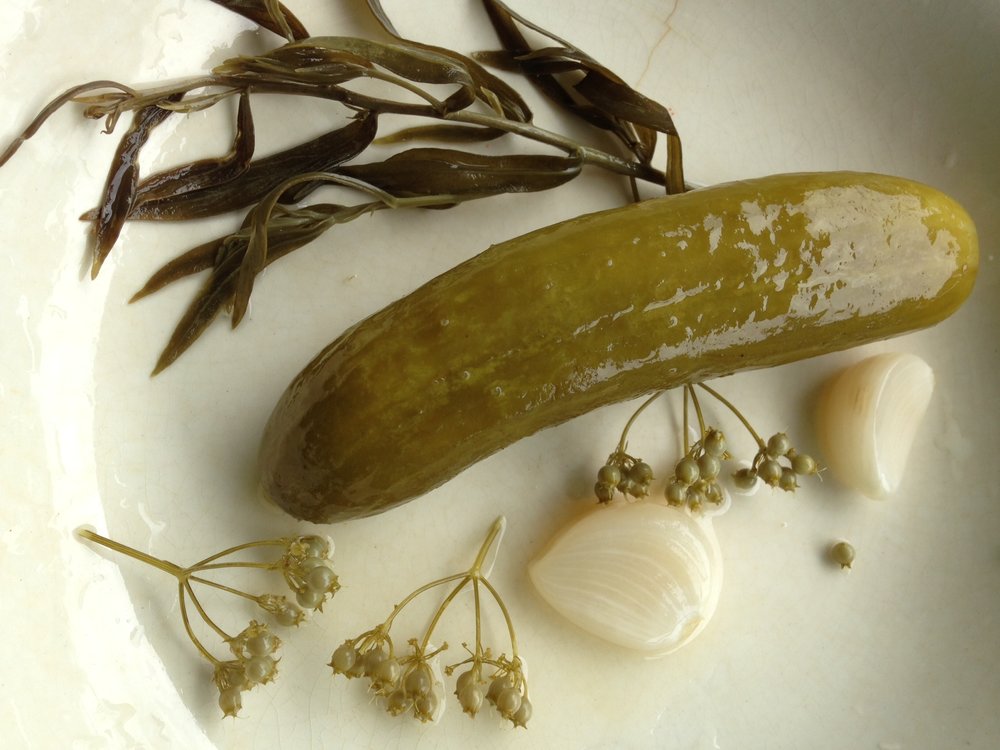






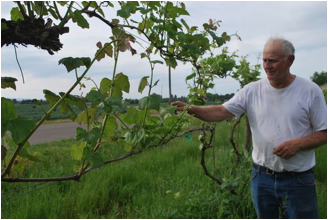


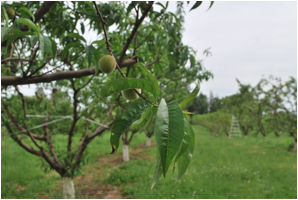


 Spring is an exciting season for a small goat farm: pastures springing back to life; baby goats sprinting in the bright green grass, climbing onto anything they can (is this why they call them kids?); and milk production increasing with the fresh forage and new mothers. In addition to their herd of Alpine and Nubian milking goats,
Spring is an exciting season for a small goat farm: pastures springing back to life; baby goats sprinting in the bright green grass, climbing onto anything they can (is this why they call them kids?); and milk production increasing with the fresh forage and new mothers. In addition to their herd of Alpine and Nubian milking goats,  Neilson in the spring of 2013. Long time vendors at Hillsdale Farmers’ Market, Jan and Larry were ready to retire from full-time farming but wanted their business to continue under someone else’s care. The Monahans stepped in and have been learning from the Neilson’s ever since.
Neilson in the spring of 2013. Long time vendors at Hillsdale Farmers’ Market, Jan and Larry were ready to retire from full-time farming but wanted their business to continue under someone else’s care. The Monahans stepped in and have been learning from the Neilson’s ever since. Their farm in Gales Creek is much larger than the Neilson’s property in Sweet Home (where the milking herd and cheese production are currently located) and will allow Steve and Elisabeth to extend their herd size from forty to sixty goats, which will graze on rotating pastures dotted throughout their 38-acre property. Formerly a Christmas tree farm, the goats have much more than grass to browse on. They love to nibble the Douglas fir stands, the needles of which may help to prevent intestinal worms.
Their farm in Gales Creek is much larger than the Neilson’s property in Sweet Home (where the milking herd and cheese production are currently located) and will allow Steve and Elisabeth to extend their herd size from forty to sixty goats, which will graze on rotating pastures dotted throughout their 38-acre property. Formerly a Christmas tree farm, the goats have much more than grass to browse on. They love to nibble the Douglas fir stands, the needles of which may help to prevent intestinal worms. Why mess with a good thing? They have also acquired organic certification for their home property and their products are still available at many of the same locations Jan and Larry distributed to, which includes (outside of farmers’ markets) Food Front, New Seasons, People’s Co-op, and the new Green Zebra grocery stores.
Why mess with a good thing? They have also acquired organic certification for their home property and their products are still available at many of the same locations Jan and Larry distributed to, which includes (outside of farmers’ markets) Food Front, New Seasons, People’s Co-op, and the new Green Zebra grocery stores.
 Steve and Elisabeth have been featuring samples of their Foster Lake Camembert at market, a soft-ripened cheese with a delicate rind, firm center and silky richness in between. This camembert celebrates the floral richness of spring milk, and it, along with a fresh loaf of bread, can elevate a lingering May evening in your own back yard to a gustatory event. Visit
Steve and Elisabeth have been featuring samples of their Foster Lake Camembert at market, a soft-ripened cheese with a delicate rind, firm center and silky richness in between. This camembert celebrates the floral richness of spring milk, and it, along with a fresh loaf of bread, can elevate a lingering May evening in your own back yard to a gustatory event. Visit 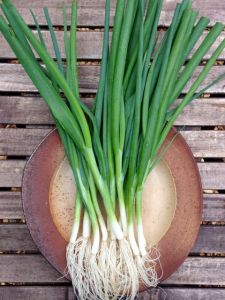
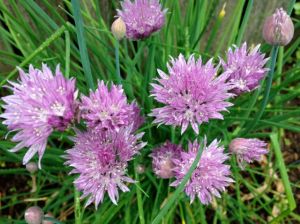
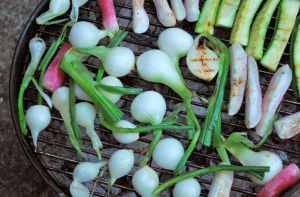
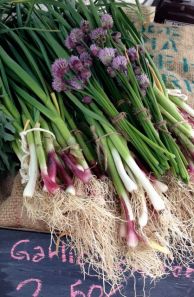
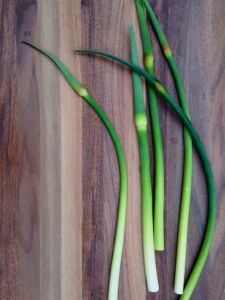
 Nestled between wooded hillside and a bend in the meandering Gales Creek, Anne and Rene’ Berblinger’s
Nestled between wooded hillside and a bend in the meandering Gales Creek, Anne and Rene’ Berblinger’s  Their plant list boasts an astonishing 300 varieties, an accomplished collection for a farm of this scope. And Gales Meadow is all about collections: tomato varieties number in the forties, pepper and garlic varieties in the twenties, many of which are perpetuated using seed collected onsite. This is a boon both for the farm and the home gardeners who purchase vegetable starts from GMF, as the plants are well adapted to the climatic and soil conditions of our region.
Their plant list boasts an astonishing 300 varieties, an accomplished collection for a farm of this scope. And Gales Meadow is all about collections: tomato varieties number in the forties, pepper and garlic varieties in the twenties, many of which are perpetuated using seed collected onsite. This is a boon both for the farm and the home gardeners who purchase vegetable starts from GMF, as the plants are well adapted to the climatic and soil conditions of our region. A healthy handful of the varieties they grow are sourced not from seed catalogs but from fellow farmers and customers who pass on their own favorites. The result is a gallery of unique tomatoes, well-tested in both garden and kitchen, many of which are exclusive to Gales Meadow Farm.
A healthy handful of the varieties they grow are sourced not from seed catalogs but from fellow farmers and customers who pass on their own favorites. The result is a gallery of unique tomatoes, well-tested in both garden and kitchen, many of which are exclusive to Gales Meadow Farm. “Use open-pollinated varieties and save seeds of your favorites,” Anne advises, “especially self-pollinating vegetables like lettuce, tomatoes, peppers, and beans.”
“Use open-pollinated varieties and save seeds of your favorites,” Anne advises, “especially self-pollinating vegetables like lettuce, tomatoes, peppers, and beans.”